SADIE is a Classic 17 that was built by Steve Hewins and his fellow students at the Boat Building Academy in Lyme Regis, U.K. Jacques Mertens designed the Classic 19, around 1990, for an amateur boatbuilder in Florida, and the 17 and 21 followed soon afterward. His company Bateau.com has now supplied a couple of hundred sets of Classic 17 plans around the world, and he thinks about 50 boats have been launched in the U.S. Mertens based the design on a classic hull shape that was common among outboard boats in the 1950s. Unlike today’s deep- to moderate-V hulls, the Classic 17 has a low, 10-degree deadrise, which requires less power to plane but will pound more as the sea builds up. All of the Classic-series boats were designed to go offshore in moderate conditions and make it home safely if the weather takes a turn for the worse.Steve found that the PDF plans, supplied as an “instant download” by Bateau.com, were very comprehensive—there are even separate metric and imperial versions—and there was no need to loft the boat. There is detailed information regarding every plywood component, including offsets and a thoroughly thought-out nesting arrangement to ensure economical use of plywood. For SADIE it was decided that, as a useful exercise, the academy students would cut some of the parts would be cut by hand, and enter the data for others in a CAD program and have them CNC cut at the Architectural Association’s woodland site at nearby Hooke Park. Sea trials with SADIE showed that trim improved when some of the passengers moved from the cockpit into the cuddy cabin. Photographs by the author
Photographs by the author
Join The Conversation
We welcome your comments about this article. To include a photo with your remarks, click Choose File below the Comment box.

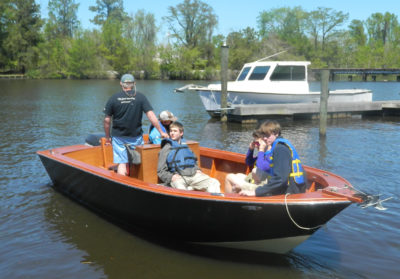


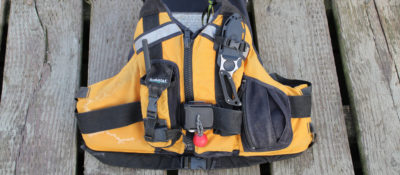


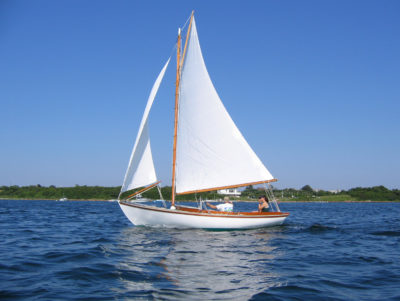



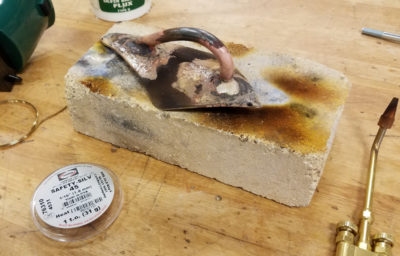
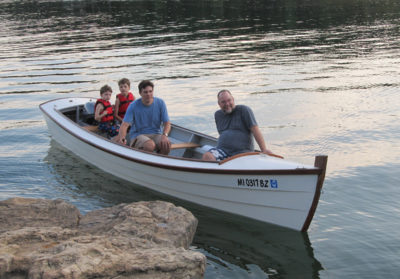
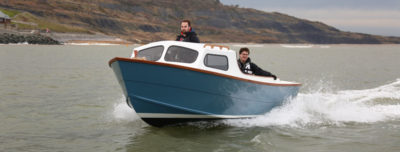
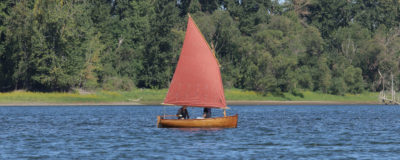

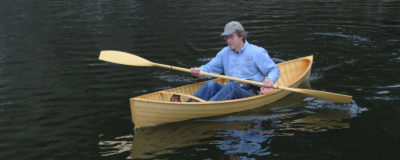
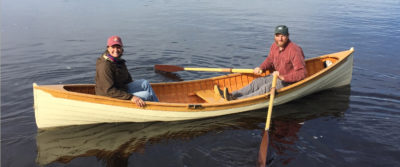
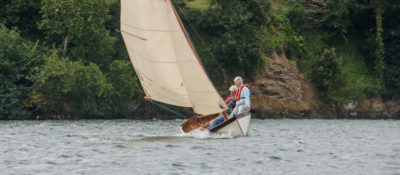



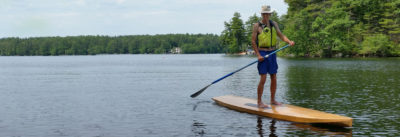
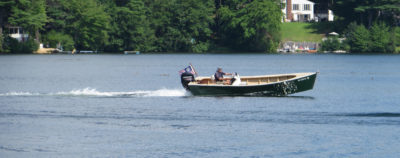
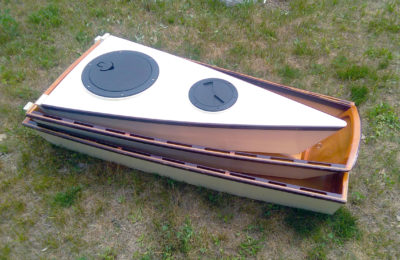
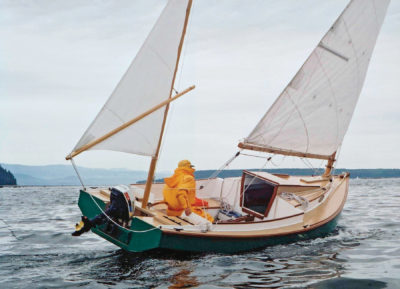
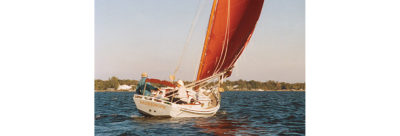
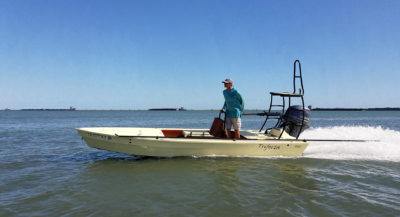
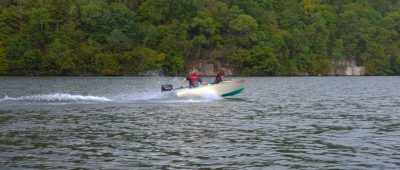
Beautiful job. I love the wood accents that you selected and the boat came out great.
She looks dry and sea kindly with that sharp bow, nice work.
Any pictures or a drawing of the joint weld “a bevel 3/16″ deep and 2-1/2″ wide was machined into each of the edges to be joined, and the two sharply beveled edges were brought together resulting in a 5″-wide triangular recess.” I’m having a hard time picturing it.
Cheers,
Kent
Steve Hewins, builder of the Classic 17, sent some photos of the joint. The plank ends are bevelled as they’d be for a common scarf, but rather than cut to overlap, they’re cut to meet sharp edge to sharp edge with both beveled faces upward. The shallow V created is then filled with glass and epoxy. After the epoxy cures, the composite fill is sanded flat.
—Ed.
The side planking that is installed in this photo is 1/4” and another layer of 1/4” will be laminated from the sheer down about a foot leaving the lower side plank only 1/4”?
I’m building this boat. All planking is 1/4″. The wood functions as a core between layers of glass. With the glass, stringers, and frames in place it becomes very stiff and strong. On the side, there is thick glass from the chine up at least 100mm. Above that is an option for protection only, not for strength. The overlapping panels are only down a 6″ strip down the middle. This stiffens the sides, and makes a nice style-line. Above and below this the wood is one layer of 1/4″. I added 200g glass to the outside, which is more than sufficient.
We were quite taken with this boat. Here in the Midwest the 19′ or 21′ model are of interest to us. I would be interested in information on them, including beam and power requirements.
Our interest would be in a complete kit. I was raised with wooden boats and canoes, however, the boats we have owned all were either aluminum or ‘glass.
As an aside, we spent 4 1/2 years at Dow Air Force base in Bangor, Maine, from 1958 to 1962. Our son is a ‘Mainiac born at Dow AFB! Since then, we have visited the area a number of times landing at the old Dow (now called something else) and clearing customs there (we were visiting customers in Canada). We would then fly down to Hancock County Airport near Bar Harbor for a few days R and R.
As designed, there is no need for bevels or scarfs, but some builders prefer to use their methods.
Jacques Mertens, designer
Bateau.com
Instead of this boat, why not build the tried and well-proven Bartender or the Simmons Sea Skiff?